Marks & Spencer chief executive Marc Bolland still cut a dashing figure in one of its new Savile Row-inspired suits, but it was difficult to dress up the M&S results this week.
M&S posted a fall in profits for the first time in three years. And Bolland was in no doubt that the “deterioration” in the economy was to blame.
As a result he drastically scaled back the three-year sales target he set in November 2010 from £1.5bn-£2.5bn to £1.1bn-£1.7bn. A drop of 0.9% in non-food sales to £4.2bn in the year to 31 March had put the original goal beyond reach, he explained.
By contrast, M&S’s performance in food and drink has been market-leading, especially when you consider the falling footfall in other parts of the store. Full-year sales rose by 3.9% to £4.7bn and like-for-like sales growth, at 2.1%, was on a par with Sainsbury’s. And crucially M&S managed to achieve that growth with only a modest 2.1% increase in UK store space. Having 1.8% of food growth attributable to that extra space implied that food was performing well in new stores, adds Panmure analyst Jean Roche.
Against a backdrop of falling sales in its core clothing division, the CEO was always going to have a tough time drawing attention to the retailer’s more impressive performance in food and drink. Some unkind souls used the figures to suggest Bolland had been unable to make the leap from groceries to clothing and general merchandise.
In fact, insiders say he can’t even claim much of the credit for the strong showing in food and drink, and say his meddling has slowed down progress.
“Marc is always interfering,” says one insider. “A lot of energy is wasted making changes that aren’t necessary.”
As a result, while M&S introduced 1,900 new lines in 2011, and extended its total catalogue by 1,000 lines to 7,000, it wasted “a lot of time and money” comprehensively repackaging the existing line-up of products, without any demonstrable uplift in sales. “As ever, it’s not the product that’s broken,” the source adds.
And another insider believes Bolland’s top-down management style is hindering progress right across the group. “[Executive director of food] Jon Dixon holds a strong line against Marc,” says the source. “I think some of the other divisional heads don’t show the same strength of resolve.
Triple the innovation
A confident Bolland clearly believes in the innovation programme. He cites the upmarket Dessert Menu range featuring Blood Orange and Champagne Panna Cotta Crush and prawn mayo sandwiches with 40% more prawns as particularly successful examples of innovation. “It is a level of newness nobody comes close to - we’re bringing double or triple the innovation of anyone else in the market to our stores,” he claims.
And Bolland points to the 50 basis point increase in the food division’s gross margins to 31.4% and the 2% increase in availability as evidence of progress. Giving staff responsibility for specific areas of the food hall “created a sense of accountability and was so much appreciated that staff in general merchandise asked to do the same,” he adds.
Bolland also stands by the store refurbishment programme that began last November - despite it generating only a 2% uplift in sales. So far, M&S has refurbished 92 stores, including 56 Simply Food shops, and by the end of the year he plans to have revamped more than half of its 731 UK stores before finishing in mid-2013, though the cost of the refurbishment programme will now be lowered by £100m “with no reduction in scope”, he adds.
With rustic-looking bakeries, delis, new wooden panelling and blackboards - plus a refresh of the wine sections including a barrel and wine crates - Bolland believes the refits will give M&S a more distinctive, upmarket feel and will offer customers more products they would struggle to find elsewhere, he explains.
A response to Essential? Such reasoning makes the launch of Simply M&S, two weeks ago, hard to compute. Comprising everyday groceries and some larger format products, it brings it into supermarket territory. And that’s no bad thing, says Kantar Retail analyst Bryan Roberts, who hailed it as “a sensible response to the success of Waitrose Essential”.
M&S does not consider the range, which consists of 350 existing lines and 150 new ones, to be a response to Waitrose. “We are refreshing Wise Buys, which we launched four years ago - incidentally before Waitrose launched Essential,” says Dixon.
And in his presentation Bolland put up a slide for the ingredients of a “spag bol” to show that Simply M&S makes the retailer a competitively priced destination for “scratch cooking”.
Adds Dixon: “Some of our shoppers do a full shop with us and want a bigger range. Others come for special events like Christmas and Easter. We can show them we do competitively priced staple products too.”
But insiders claim the switch to Simply M&S reflects a change in Bolland’s strategy. “We really pushed to do value properly,” says a source. “Wisebuys was never quite as we wanted it. It took us a long time to persuade Bolland it was something we needed to do. We eventually got him to listen, and we are all pleased.
“But it’s like that across the store. He wants more brands, but in doing so he’s been ignoring the core customers. Slowly the everyday stuff is creeping back into the refits. And that’s no bad thing.”




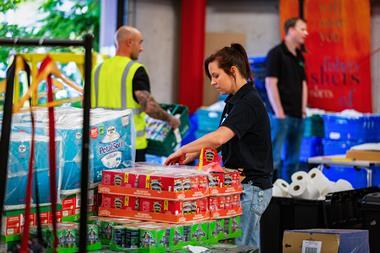


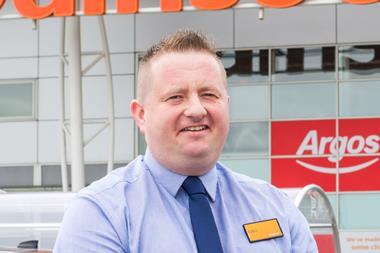
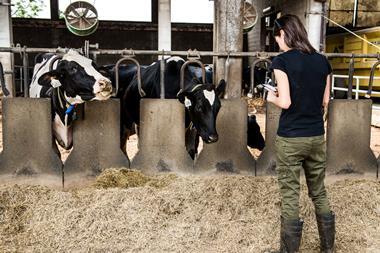


![Farm to Foodhall - Honey[83]](https://dmrqkbkq8el9i.cloudfront.net/Pictures/380x253/3/3/4/321334_farmtofoodhallhoney83_279157_crop.jpg)

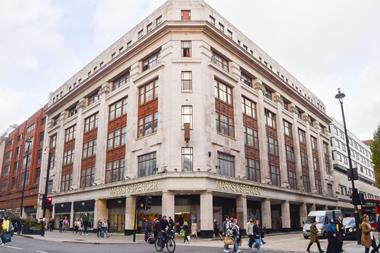
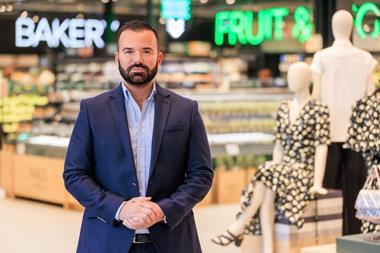
No comments yet